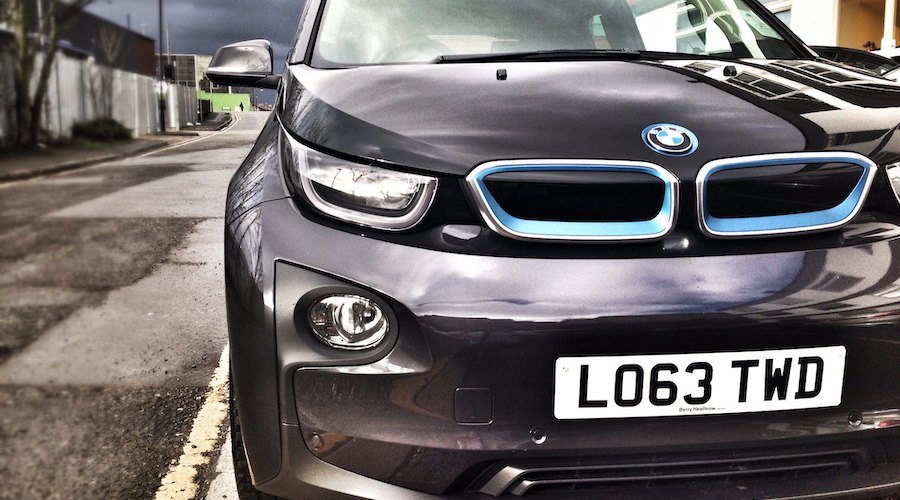EV sales expected to surpass 2021âs figures despite supply chain disruptions â report


In terms of trends, IDTechEx sees 800V powertrains becoming more popular despite the added costs, with GM, Hyundai, and VW undergoing a transition from the current ~400V. platforms, following in the footsteps of start-ups such as Lucid Motors.
“The key benefit of 800V is it improves efficiency by reducing joule losses and allowing high voltage cabling to be downsized (saving weight),” the report reads. “The downside is it requires deep system changes, such as design optimization of the electric motors for the new voltage and a transition towards more expensive silicon carbide MOSFET inverters.”
The experts at IDTechEx explain that, overall, there is a compelling value proposition for 800V. As an example, they pose the idea of a 200-mile WLTP car with a 50kWh battery achieving a drive cycle efficiency improvement of 10% that reflects a transition to an 800V platform, silicon carbide inverters, and lowering the current in the system, improving performance to ~4.4 miles per kWh.
“The result is a potential battery capacity reduction of 4-5kWh while achieving the original 200-mile range,” IDTechEx states. “At today’s average prices, this would save around $500 – $600 on the battery pack (roughly the total cost of Tesla’s silicon carbide inverter).”
The report points out that if this scenario is scaled to 50 million electric cars, ~225GWh of pressure would be removed from the battery supply chain. This is more than the total battery demand IDTechEx expects from off-road electric vehicle sectors by 2043, including construction, marine, and sky taxis.
Cable optimization
The market researcher notes that another growing trend is and will be optimizing EV high-voltage cabling to reduce the vehicle’s weight.
“Both the BMW i3 and the first Tesla Model S used ~20m of high voltage cabling, compared to < 10m in the more modern Tesla Model 3, reflecting the potential for design optimization without major technological advancements,” the document states.
Another approach – IDTechEx believes – is changing the conductive core from copper to a lighter material. Aluminum is one such option as its density and conductivity are one-third and 60% that of copper, respectively.
“While the nominal core area of Al would increase to carry the same electrical current (e.g., approximately 70mm2 of Al wire for 50mm2 of copper wire), there is still a net weight reduction of ~45%, as well as a cost reduction (Al is cheaper and lighter for the same ampacity),” the report highlights.
“The main example is from Tesla, which reportedly ordered 3000km of Al cable from Gebauer & Griller in 2017. More recent teardown reports from China suggest Tesla uses Al cable on the section between the OBC and external plug in the Model 3, using ~3m of cable.”
This post has been syndicated from a third-party source. View the original article here.




